External Power Supply for the Canon 20D
Introduction
The Canon Range of Semi-professional Single Reflex Cameras, SLRs (i.e. XXD cameras) offer very high power efficiency and thus the internal battery offers enough power for the daily work with this camera type. However, applications such as lengthy serial captures (for example for star trail composites) or the recording of time lapse movies requiring hundredths of exposure can sometimes overcome the power requirements from the standard power source. For recordings where the time between exposures allows exchanging the battery, a multiple battery approach can be the simplest solution. The vertical grip offered for all cameras of the XXD series with two identical battery modules is also increasing the power resource by the factor of two. Low temperatures are the enemy of lithium batteries and such both solutions using the standard battery module are restricted in such a scenario, for example if the camera is mounted in the winter time on a tripod taking exposures for a time lapse movie. Even relatively moderate temperatures of 0�C reduce the battery capacity by 50%. While a new battery can support up to 400 exposures at room temperature, this number is reduced to 200 at 0�C and even less if the battery is not new anymore. These numbers are valid for a 1300mAh battery type commonly used for the XXD series.
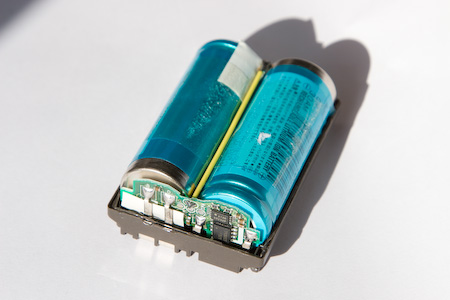
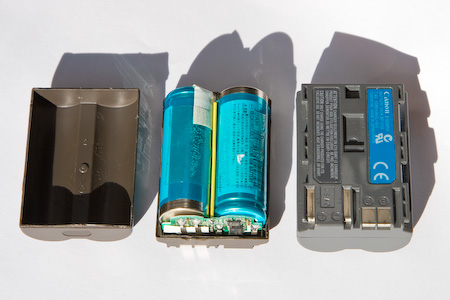
Power consumption
These days (spring 2008) digital SLRs are supplied with Lithium Ion batteries offering a standard voltage of 7.4VDC using two Lithium Ion Cells in a cascade. Depending on the cathode material used the nominal voltage of Lithium Ion batteries may vary between 3.6 and 4.0VDC with two times this value if two cells are cascaded. For the 7.4VDC battery used in Canon cameras, two 3.7VDC Lithium Ion cells are used. These cells use a LiCoO2 Cathode. Typical battery modules offer up to 1500mAH at 7.4VDC which means that a continuous current of 1500mA can be supported during one hour. Half the current can be supported for the double of that time and so on...
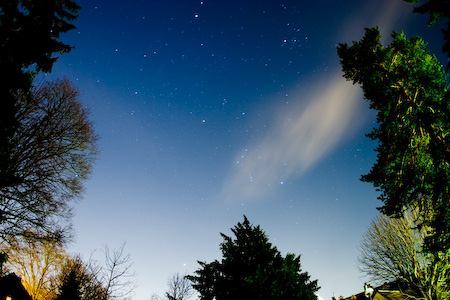
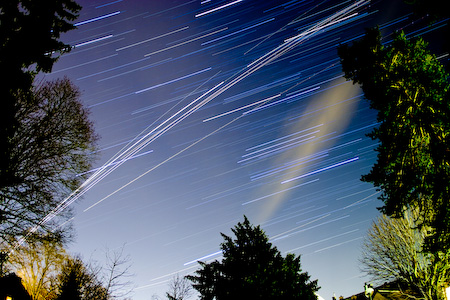
Using an external power module I measured the currents of my camera in different operation modes to get a feeling which operation requires the highest Amps and how long these currents are required. This is important to choose the right external power supply which requires that the highest currents are supported with a little headroom. I opened an old battery module and took out the Lithium Ion cells. The body of the battery modules was used solely to contact the camera. The external power supply was set to 8VDC (more details on that later). One of the supply lines was cut and a current meter inserted to record the current requirements. At 7.4VDC the currents may be up to 10% higher compared to my measurements at 8VDC.
- Camera off: 3.4mA
- Camera on: 45mA
- Exposure Measurement: 220mA
- Autofokus active + IS (Image Stabilisation, EF-24-105mm/4 L IS): 400mA
- Display: 300mA during the first 3sec, after that 170mA
- Bulb: 460mA
- Normal Exposure (e.g. 10sec): 470mA
- Darkframe Exposure: 400mA
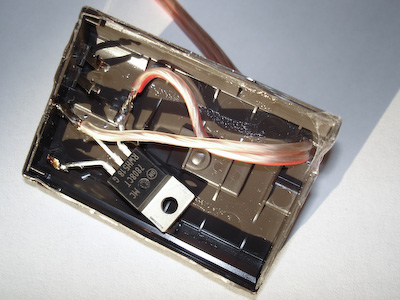
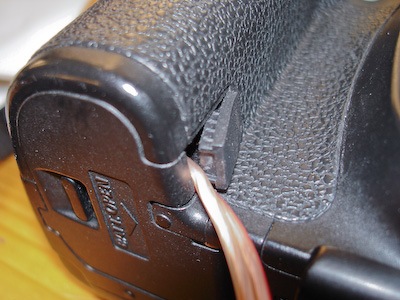
The current required for exposures is of particular interest. With the mirror flapped out of the optical path a current of 460mA is required. A battery may support this current up to 3h at room temperature. I tested this scenario in a winter night with 0�C ambient temperature. The exposure time was set to 60sec. One exposure was taken every minute, i.e. the camera was constantly recording. The exposure was set to manual, i.e. no measurement was carried out. The auto focus as well as the image stabilisation was deactivated. The first test showed that after 59 exposures the battery was empty. A second test with a freshly loaded battery showed the same result. Either the temperature has a greater effect on the battery capacity or my batteries already show degradation from daily usage. From the values mentioned above at least 90 exposures should be possible. The battery is now used for approximately 1.5 years. With such a battery under the described conditions no longer exposure series are possible and an external power supply is required. Looking at the current measured the value for the dark frame is also impressive. The reason for such a high current consumption for the dark frame reduction is propably the additional power required for processing.
External Power Supply
An external power supply using an AC power adapter allows lengthy exposure series independent of the outside temperatures. Alternatively an external battery with high capacity (i.e. car or motorcycle battery) could be used. Or a small battery could be used inside the jacket to overcome the temperature problem. For the Canon XXD series, a dedicated AC adapter is available. However, I was seeking for a more flexible solution where I could also use an external battery if applicable. I also wanted to have longer cable runs to have a little bit extended range from the next AC supply. The easiest way to adapt the camera is to use an old battery from which only the body with its contacts is used as shown in the pictures above. The same thing is used with the original external power supply. This is also the reason why the camera compartment features a cable outlet used for the power cords of the external power supply. Inside the empty battery housing a DC/DC converter finds its home. I decided to go for a unit with fixed output voltage making the units as simple as possible. To make sure that this voltage is appropriate I measured the voltage of a standard battery during current consumption. This is important as the battery voltage varies with the current consumption. A battery with no load always shows a higher output voltage compared to the situation where the battery supplies a certain current to the load. I therefore use the Lithium Cells from that battery and connected them back to the battery housing. It was now easy to measure the voltage while taking exposures. During a bulb exposure the Voltage showed 8.1VDC. It seems like the voltage of the battery is higher than indicated on the housing. Anyhow, a DC/DC converter with 8VDC output voltage is very well suited for this application.
I used a unit called MC7808CT which does not require any external circuitry as mentioned above. The input voltages supported range from 10.5VDC up to 35VDC. Car or motor cycle batteries are as well suited as a wide range of standard AC adapters are. In my case I used an old device which I found in the cellar. It shows an output voltage of 14VDC and supports up to 600mA current giving enough headroom to the max. current measured above. I used a 10m cable span giving me some range from the closest AC plug.
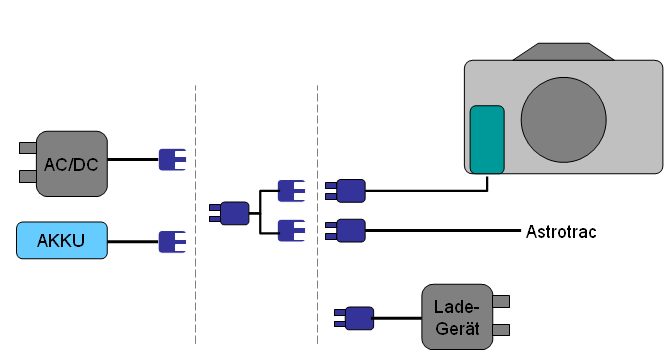
Experiences
This simple solution enables lengthy exposure series independent from the ambient temperatures. I tested the device in the cold winter of northern Lapland. Temperatures did fall well below -25°C. The 10m cable gave me enough range to get a clear view of the sky. The external power supply worked that well that I even used it during the long sessions outside taking photographs of auroras which were very active this year. As the camera is mounted on a tripod the whole assembly cools down very rapidly compared to the handheld usage during the day. In the latter case the camera is warmed up every time you touch it and the assembly does not cool down that quick as you stow it away into the camera bag. See the dedicated article on photography in the cold for more details. If a camera back is used which is closely attached to the body such as a rucksack, the camera bag interior will also be well above the ambient temperature. In addition to that, temperatures during the day are normally much higher than during the night time.
Changes 1/2009:
In the meantime I have found a lighter 12VDC power supply unit which I can also use to directly power my Astro Trac unit, which is a star guidiung system for Astro photography. I can now use the same power supply to drive my Astro Trac and my camera using a T-cable. All cables are now interconnected with the same connector. I also added the same connector to the battery unit and the charger. The system is such very flexible, as shown in the schematic view above. All units are shown in the pictures below.

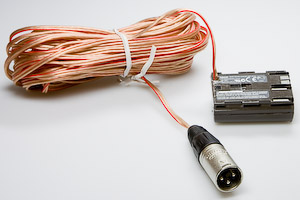
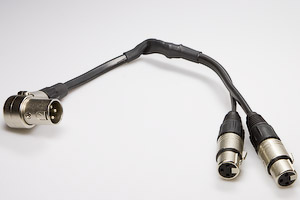
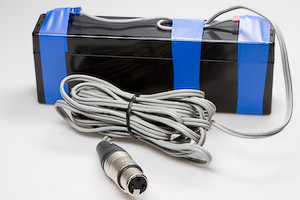
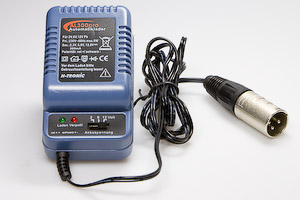
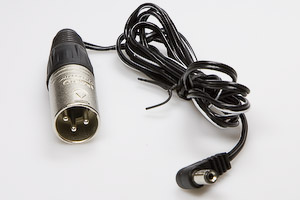
More details on camera bags are found in my article camera bag. A report from my last shoot out in northern Lapland is found here.
Update 2011
In the meantime I have built another adapter for my Ricoh GX200 which I use for time lapse movie recording. This adapter is now equipped with a real DC/DC converter which has a much better power efficiency compared to a line converter as used for the Canon adapter described here. The GX200 article is currently only available in German language.